Researchers use photocatalysis to edit molecules, adjusting carbon-based ring sizes for versatile structures.
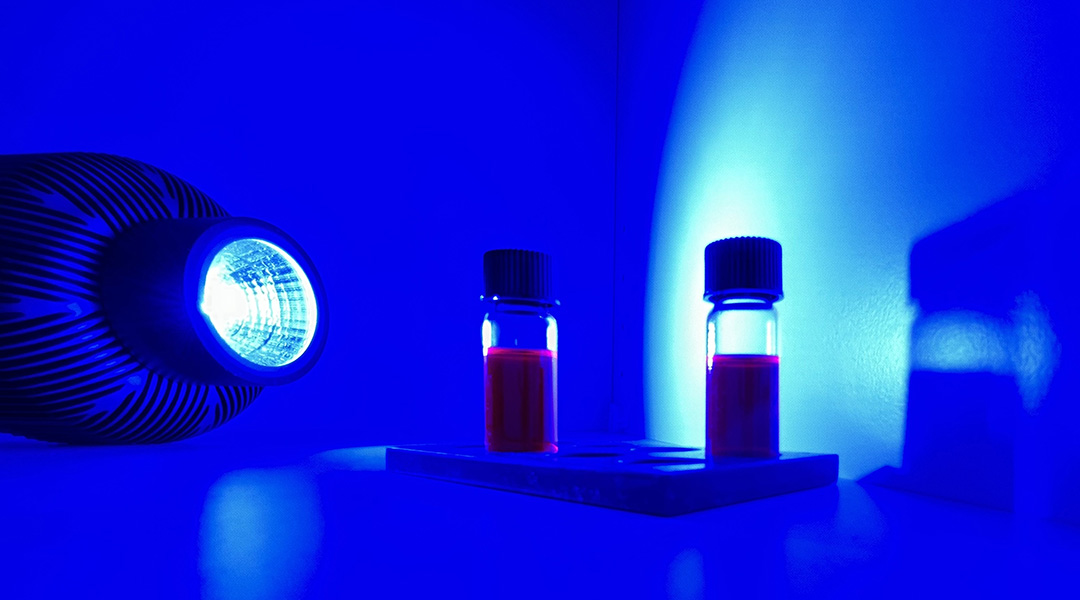


Researchers use photocatalysis to edit molecules, adjusting carbon-based ring sizes for versatile structures.
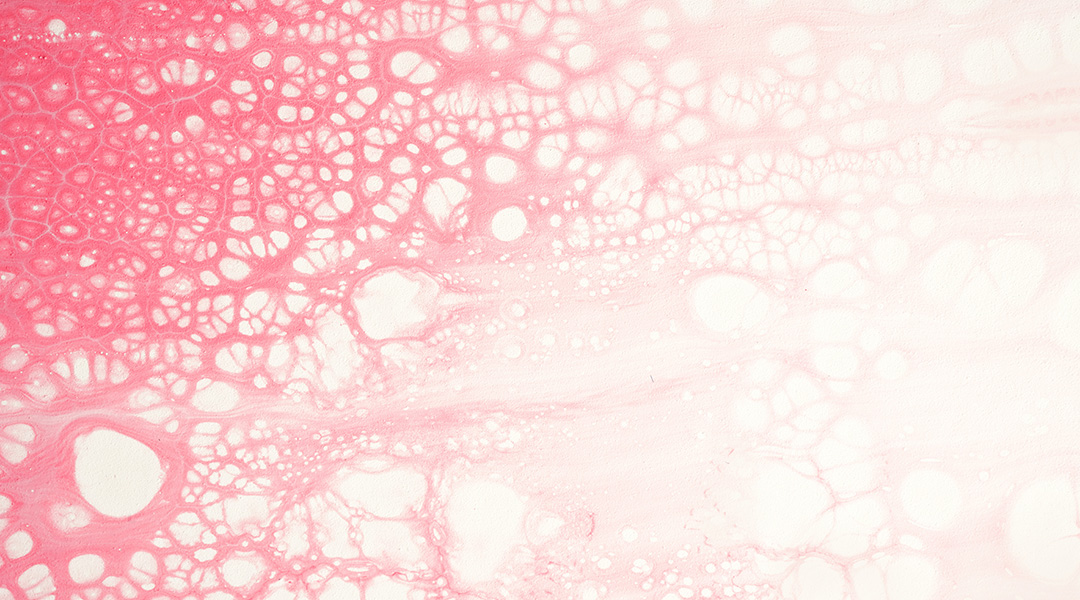
High blood pressure can rapidly transform healthy arterial cells into inflammation-prone “foam cells” that pose an increased risk of cardiovascular-related issues.
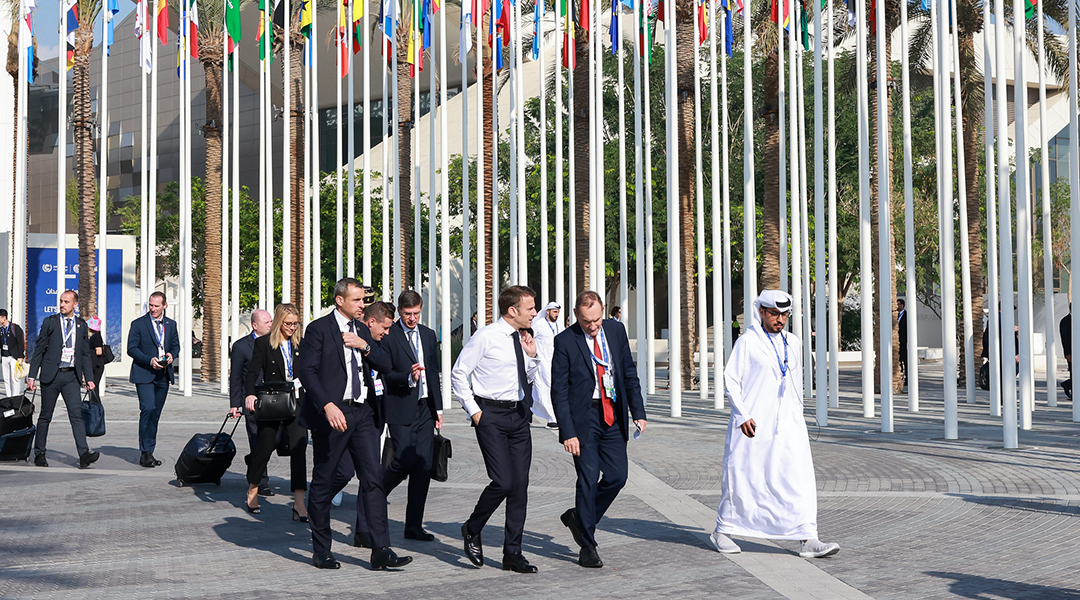
The ongoing debate at COP28 over the phase out of fossil fuels is impeding efforts to address the severe impacts of climate change.
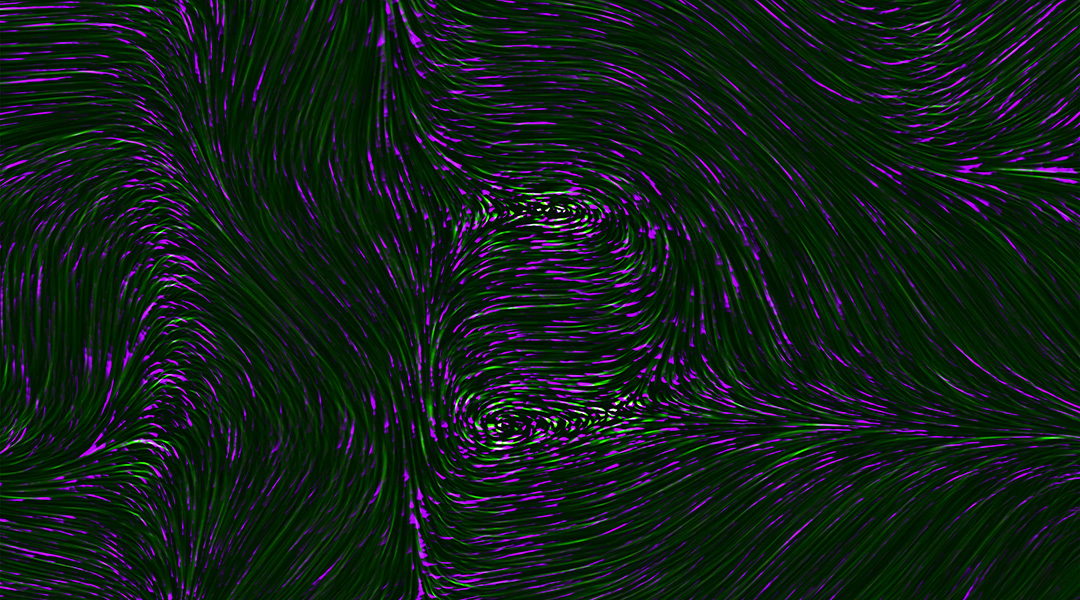
New findings point to the crucial role that mRNA modifications play in how the body regulates pain-related molecules.
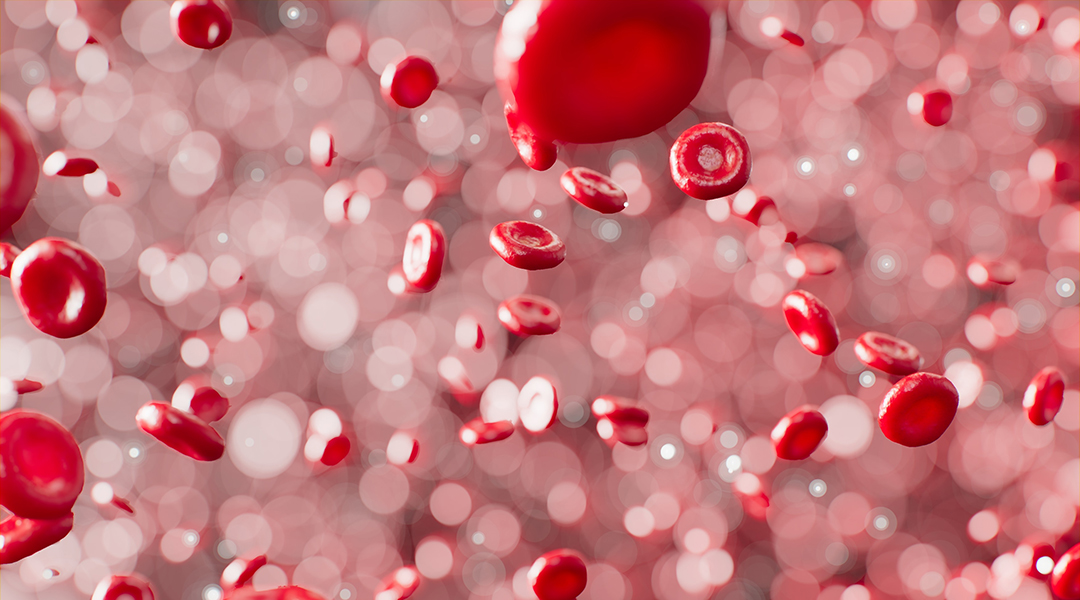
In a world first, UK authorities grant regulatory approval for a CRISPR gene therapy targeting sickle cell disease and β-thalassemia.
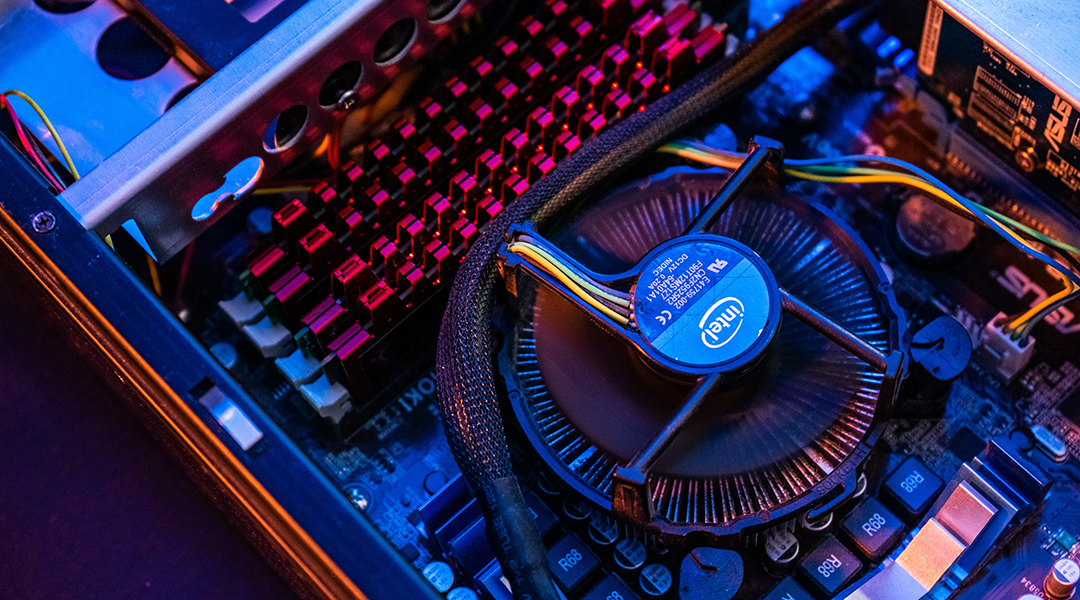
Through awareness and education, individuals may become more conscious of their future spending choices, ultimately contributing to the success of the right to repair movement.
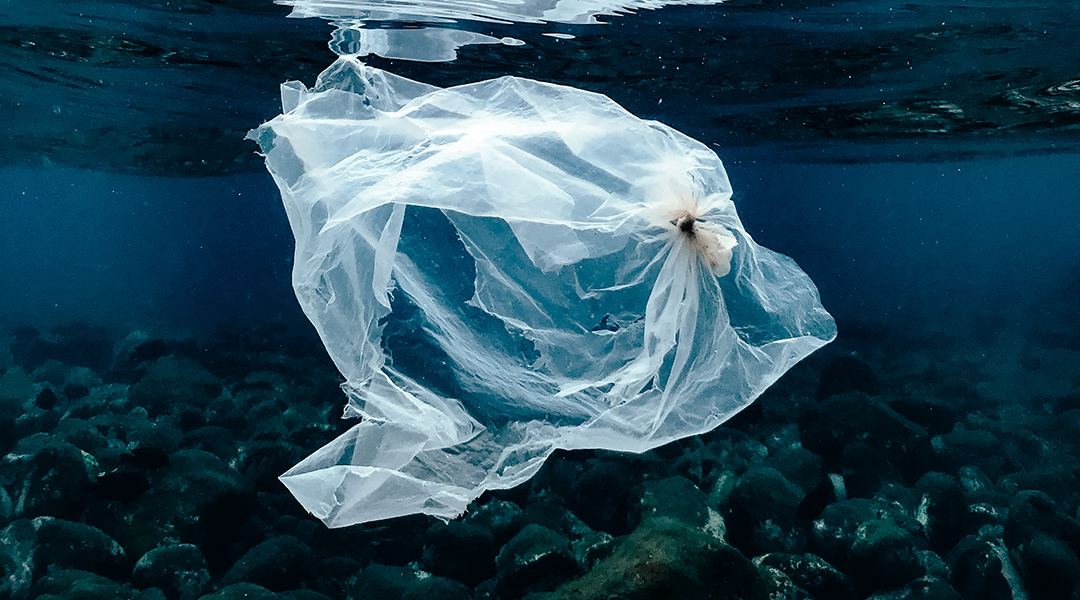
Magnetic iron nanoparticles shown to eliminate persistent water pollution, such as microplastics and oils.
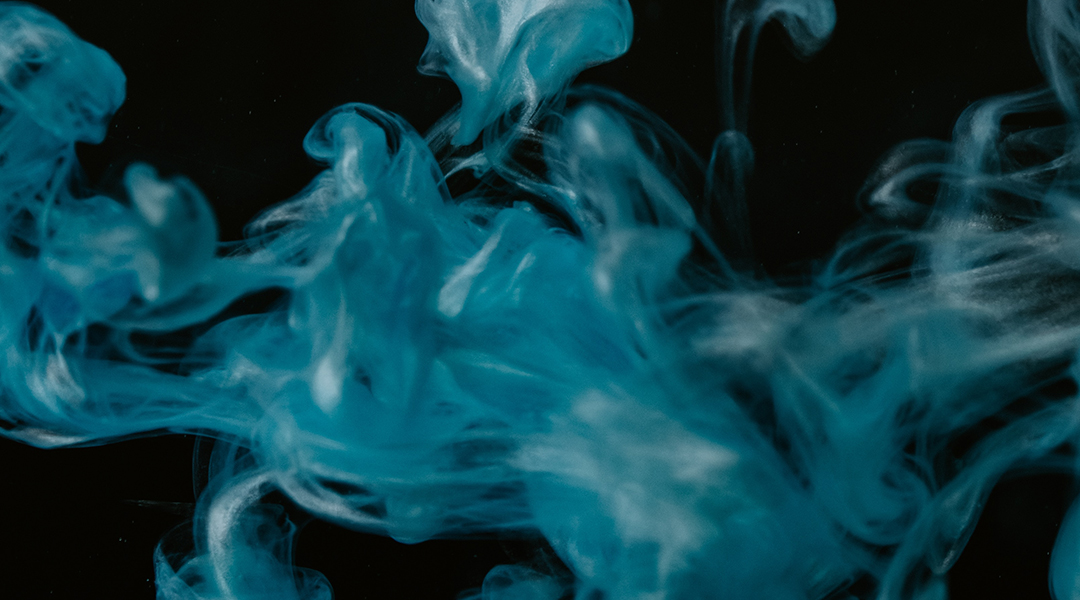
A new frontier in clean energy may be on the horizon with nanoscale generators that capture electricity from molecules.

An innovative blood test designed to identify chronic fatigue syndrome, and potentially applicable to long COVID and Lyme disease, boasts 91% accuracy.
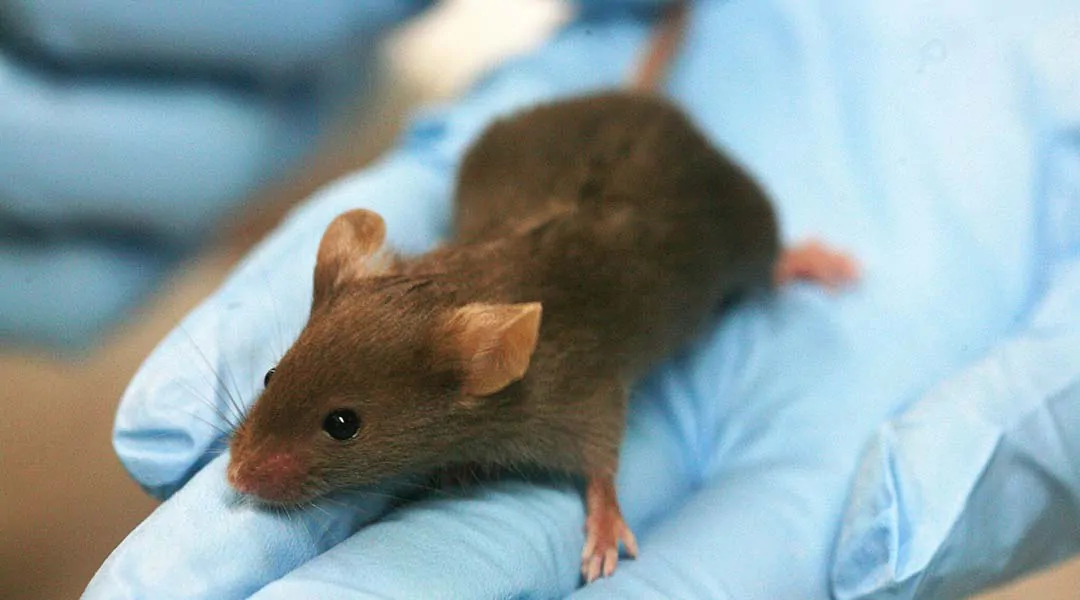
Scientists investigate the impact of hormone therapy on the fertility of trans individuals, shedding light on unknown aspects of reproductive health.